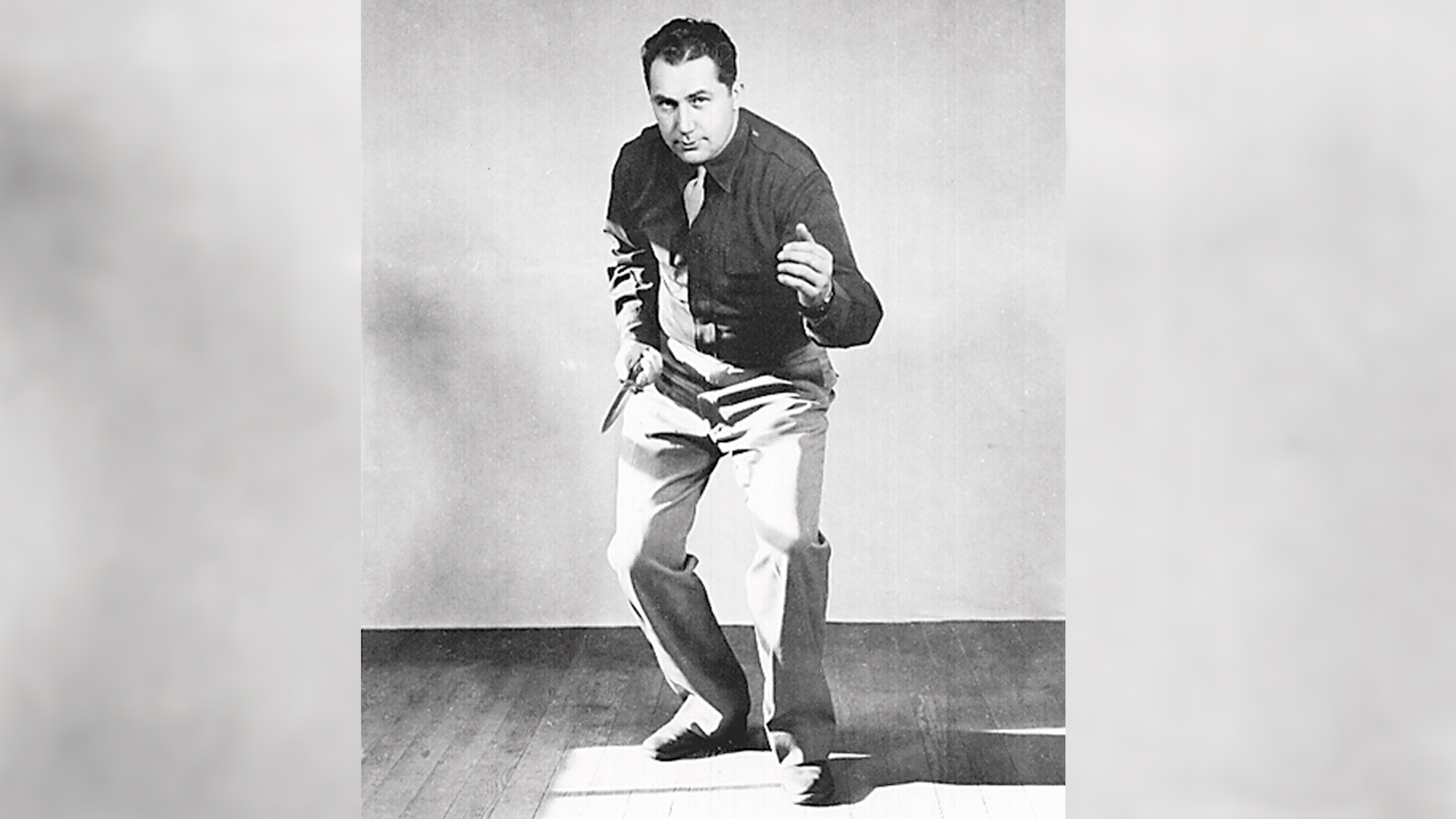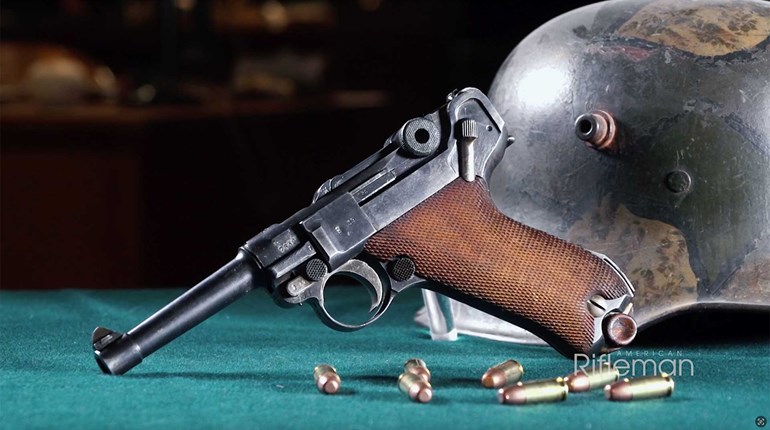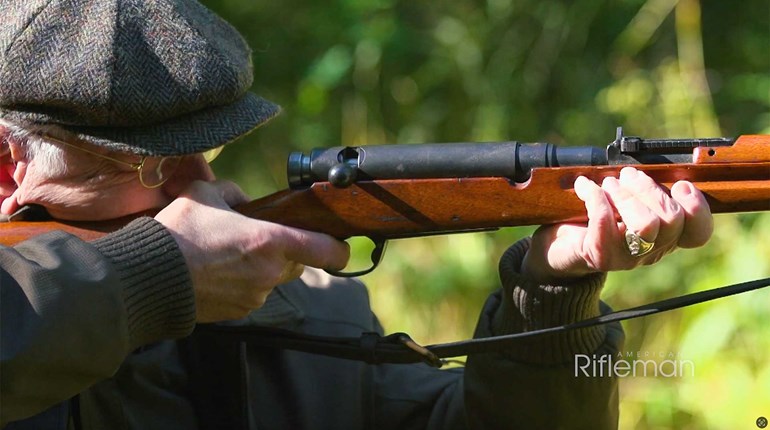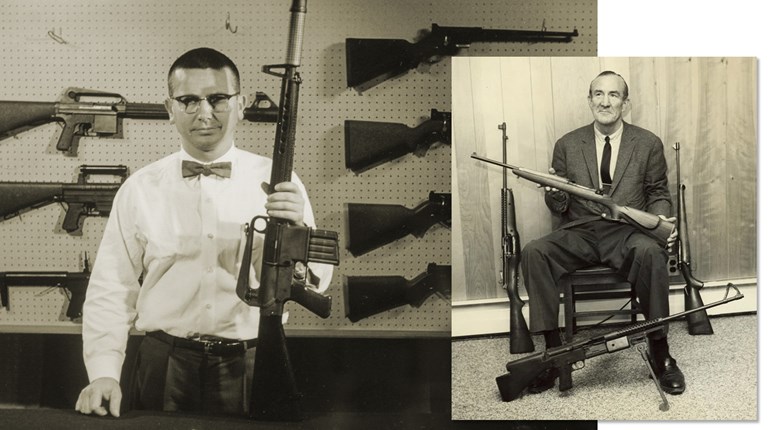
For me, one of the many bonuses of this gunwriter business has been the opportunity to meet and become friends with a number of the firearm enthusiasts of an earlier generation; legendary figures such as Frank Hamer Jr., Bill Jordan, Bill Toney, Col. Walter Walsh and the subject of this column: COL Rex Applegate.
Rex Applegate graduated from the University of Oregon in 1940 and immediately accepted an Army commission as a 2LT in the military police. He had already been involved in training when, in 1941, he was recruited to what would become the Office of Strategic Services (OSS) by the one and only COL “Wild” Bill Donovan.
The Office of Strategic Services (OSS) was designed to get our operatives (the other side has spies, we have operatives) behind enemy lines to do whatever it took to ruin the enemy’s day. Throughout World War II, OSS agents were behind the lines gathering information, forming resistance groups, burning things down, blowing things up and, in some cases, shooting people. It is my understanding that most of these agents were volunteers from within our own military units, and it was Applegate’s job to get them trained.
The OSS school was set up at Camp Ritchie, near the location now known as Camp David, the presidential retreat. Spycraft training involved, among other things, the use of explosives, hand-to-hand fighting, knife fighting and gunfighting. And our operatives had to learn these techniques in a mighty short time. Applegate brought in seasoned experts in the various fields and worked with them to develop teaching techniques that would get the job done quickly.
One of the most interesting instructors with whom Applegate was involved was the Englishman, Capt. William E. Fairbairn, who was best known for teaching fighting skills to the Shanghai police and as the designer of the Fairbairn-Sykes fighting knife. Fairbairn was also an advocate of point shooting in close-range encounters.
At some point during this time, Applegate also became friends with J.H. FitzGerald, of Colt’s Firearms. Fitz, as he was called, modified a Colt New Service, in .45 Colt, for Applegate. The gun barrel was cut to 2 inches, the hammer spur was bobbed and the front of the trigger guard was cut out. Decked out in a set of ivory stocks, the right side of the revolver was engraved, “To Rex from Fitz.” President Roosevelt, once needing an extra bodyguard, is supposed to have said, “Bring me the fellow with the big Colt in his pocket.”
As a result of the training that he performed in World War II, Rex Applegate wrote a book on all of the aspects of fighting called “Kill or Get Killed.” The book is still available and is a great resource for anyone interested in improving their personal-defense skills.
Following World War II and retirement from the military, men like Rex Applegate and Lee Echols were tasked by our State Depart-ment to work both in Mexico as well as
South America teaching modern police techniques. Of course, we know now that this was just a CIA cover (the OSS had become the CIA by this time) to keep an eye on the Communist movements in those areas.
During his sojourn in Mexico, Applegate was in the habit of carrying a Smith & Wesson 2-inch Safety Hammerless revolver chambered in .38 S&W. This was the model that had an internal hammer and a grip safety on the gun’s backstrap, commonly called a “lemon squeezer.” Rex told me that he chose this particular handgun because it was small and easily concealed. Unfortunately, he had to defend himself with the little revolver, and the old .38 S&W cartridge did not stand up to the task. Supposedly, an associate armed with a .45 semi-automatic resolved the issue.
As a result of this encounter, Applegate began to campaign for Smith & Wesson to incorporate the internal hammer and grip safety into its then-new Chiefs Special, in
.38 Spl. The gun came out in 1952 and was called the Centennial to celebrate the manufacturer’s 100th anniversary. Although the grip safety has been dropped from the company’s line, the Centennial evolved into the Model 40, 42 and 640 of today.
Rex Applegate was a life-long advocate of point shooting for close-range defense work. While Bill Jordan did his point shooting while standing erect, Applegate used a bit of a crouch as part of his technique, although it wasn’t nearly the deep crouch that Jelly Bryce and the FBI used. And, like the rest, Applegate taught the use of sights when the fight occurred at any distance.
Rex Applegate always dressed and acted like a retired college professor or country banker—quiet and dignified. I never heard him brag or boast, and his manners were impeccable. But, you could look into his eyes and know in your heart of hearts that you did not want to poke this particular bear.
An American patriot—that was Applegate.




































